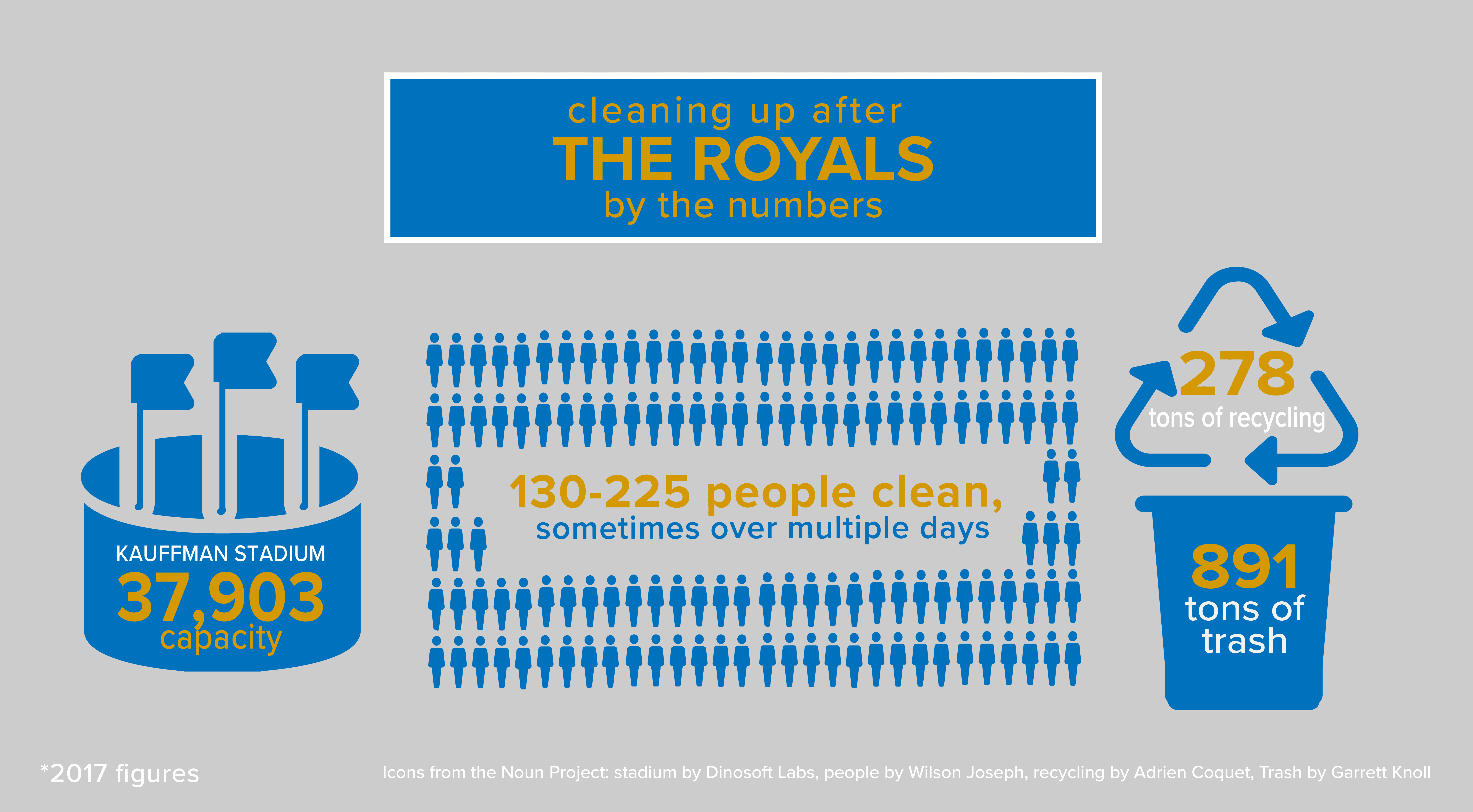Can Sports Stadiums Save Dying Downtowns? A Case Study

Table of Contents
The Economic Impact of Sports Stadiums on Downtowns:
Increased Revenue and Employment:
The construction and operation of a sports stadium can inject significant capital into a local economy. Ticket sales, concessions, merchandise, and tourism all contribute to increased tax revenue for the city. Furthermore, the project itself creates numerous jobs across various sectors. Construction workers, hospitality staff, retail employees, and even those working in ancillary businesses all benefit. Successful stadium projects, such as the development surrounding the new Tottenham Hotspur Stadium in London, have demonstrated a considerable boost in local economies, attracting significant investment and creating thousands of jobs.
- Increased property values: Proximity to a stadium often leads to increased property values in surrounding areas.
- New business development: The stadium acts as a magnet for new restaurants, hotels, and entertainment venues.
- Higher employment rates: Construction and ongoing stadium operations create a significant number of jobs.
Potential for Gentrification and Displacement:
While economic benefits are substantial, it's crucial to acknowledge potential downsides. The influx of investment and increased property values can lead to gentrification. Long-term residents and small businesses, often those with lower incomes, may be forced out due to rising rents and property taxes. This displacement undermines the very community the revitalization project aims to serve. Therefore, careful planning and equitable development strategies are essential to mitigate these negative consequences.
- Rising property taxes: Increased property values can lead to higher taxes, burdening existing residents.
- Displacement of low-income communities: Rising costs of living can force out long-term residents and small businesses.
- Need for equitable development plans: Affordable housing initiatives and support for existing businesses are crucial.
Infrastructure Improvements and Urban Development Surrounding Stadiums:
Transportation Enhancements:
A well-planned stadium project necessitates improvements in public transportation. This includes increased bus routes, new light rail connections, and improved pedestrian walkways and cycling infrastructure. These improvements not only benefit stadium attendees but also enhance the overall city's infrastructure and accessibility, addressing issues present in many dying downtowns. The result is often reduced traffic congestion and improved safety for all users.
- Improved public transport: Increased frequency and accessibility of public transportation options.
- Reduced traffic congestion: Better transportation planning minimizes traffic issues around the stadium.
- Increased pedestrian safety: Dedicated pedestrian walkways and improved street lighting enhance safety.
Redevelopment of Surrounding Areas:
Stadiums often act as anchors for broader urban redevelopment. The construction of hotels, restaurants, entertainment venues, and even residential buildings in the surrounding areas contributes to a revitalized and more vibrant downtown. These developments frequently result in the creation of mixed-use areas, benefitting both residents and visitors. This creates a sustainable and thriving community beyond just game days.
- New residential areas: Development of housing options near the stadium caters to a range of demographics.
- Revitalized commercial zones: New businesses contribute to economic growth and attract further investment.
- Improved public spaces: Parks, plazas, and other green spaces enhance the quality of life for residents.
Social Impact and Community Engagement:
Increased Civic Pride and Community Gathering Spaces:
Sports stadiums can foster a sense of community and civic pride. They become centers for community events, concerts, festivals, and other gatherings, bringing people together and fostering social interaction. This increased social capital contributes significantly to a stronger sense of community identity, particularly crucial in areas experiencing decline.
- Community events: Stadiums can host a variety of events beyond sporting matches.
- Increased social interaction: Shared experiences create bonds and build community spirit.
- Stronger sense of community: A vibrant stadium environment can foster a sense of belonging.
Potential for Social Division and Inequality:
Despite the positive social impacts, stadiums can also exacerbate social inequalities. If not carefully planned, access to stadium events and amenities can be limited for lower-income residents. This can lead to a sense of exclusion rather than inclusion. Therefore, community engagement is essential throughout the planning and development process to ensure equitable access and benefits for all residents.
- Addressing access barriers: Ensuring affordability and accessibility of tickets and transportation.
- Ensuring community benefits: Prioritizing local hiring and providing community amenities.
- Fostering inclusive development: Considering the needs and voices of all residents in the planning process.
Case Study: Atlanta and Mercedes-Benz Stadium
The construction of Mercedes-Benz Stadium in Atlanta provides a compelling case study. While the stadium revitalized a previously neglected area, boosting economic activity and creating jobs, the development also faced criticism regarding displacement of long-term residents due to rising property values. The city's response included initiatives aimed at affordable housing and community engagement programs to mitigate the negative impacts. This demonstrates the need for proactive measures to address potential negative consequences alongside the benefits.
Conclusion: Sports Stadiums and the Future of Dying Downtowns
Sports stadiums can play a significant role in revitalizing dying downtowns, offering economic benefits through job creation and increased revenue. They also facilitate infrastructure improvements and create community gathering spaces. However, the potential for gentrification and social division necessitates careful planning, community engagement, and equitable development strategies. The successful revitalization of dying downtowns using sports stadiums requires a holistic approach, balancing economic growth with social equity. Learn more about successful strategies for sports stadium revitalization and how to ensure these projects benefit all members of the community.

Featured Posts
-
 New Mom Lily Collins In A Sensual Calvin Klein Ad Campaign
May 11, 2025
New Mom Lily Collins In A Sensual Calvin Klein Ad Campaign
May 11, 2025 -
 Unveiling Rotorua A Deep Dive Into New Zealands Cultural Heritage
May 11, 2025
Unveiling Rotorua A Deep Dive Into New Zealands Cultural Heritage
May 11, 2025 -
 Nba Sixth Man Of The Year Payton Pritchards Unexpected Victory
May 11, 2025
Nba Sixth Man Of The Year Payton Pritchards Unexpected Victory
May 11, 2025 -
 Henry Cavill Wolverine Casting Speculation For World War Hulk Movie
May 11, 2025
Henry Cavill Wolverine Casting Speculation For World War Hulk Movie
May 11, 2025 -
 Stallone And Caine From Expendables To The Italian Job
May 11, 2025
Stallone And Caine From Expendables To The Italian Job
May 11, 2025
